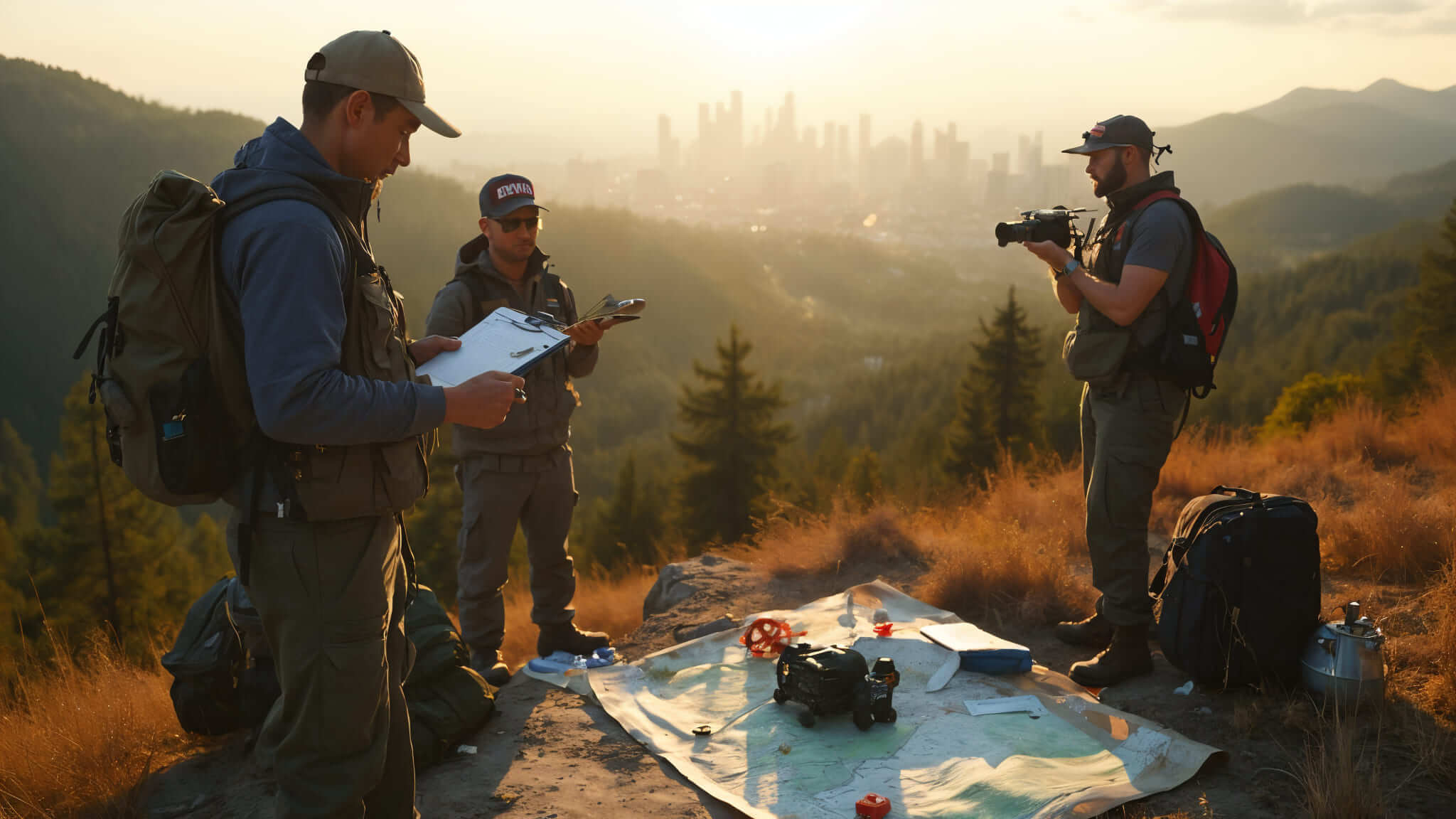I
f you’re a filmmaker, you’re always hunting for great filming locations. But, as you know, time and resources don’t always allow for the focus you need for this complex task.
There’s hope: with just a little diligence and effort, you can find locations you’ve only dreamed of. You just need to learn how to be a film location scout, or at least think like one. In today’s post, I’ll show how I’ve done it on a budget.
Become a Location Scout
1. Be a film location scout 24/7
Being on 24/7 alert is part of the location scout job description. But don’t worry -- it’s not hard. It just means keeping your eyes peeled throughout your everyday travels to save time and headache later.
It’s also fun! You’ll start seeing spaces you may have missed before, and realizing the potential in the places you’re familiar with. You can always use our location scout checklist if you get overwhelmed with the process or look through our location scouting tips.
To start, you’ll need to:
1. TAKE A LOT OF PHOTOS
Document locations you happen across as precisely as you can. This ultimately takes very little time out of your day and can save serious research time later.
Note especially the locations that fit the genre or style you need, and become a constant collector of potential filming locations.
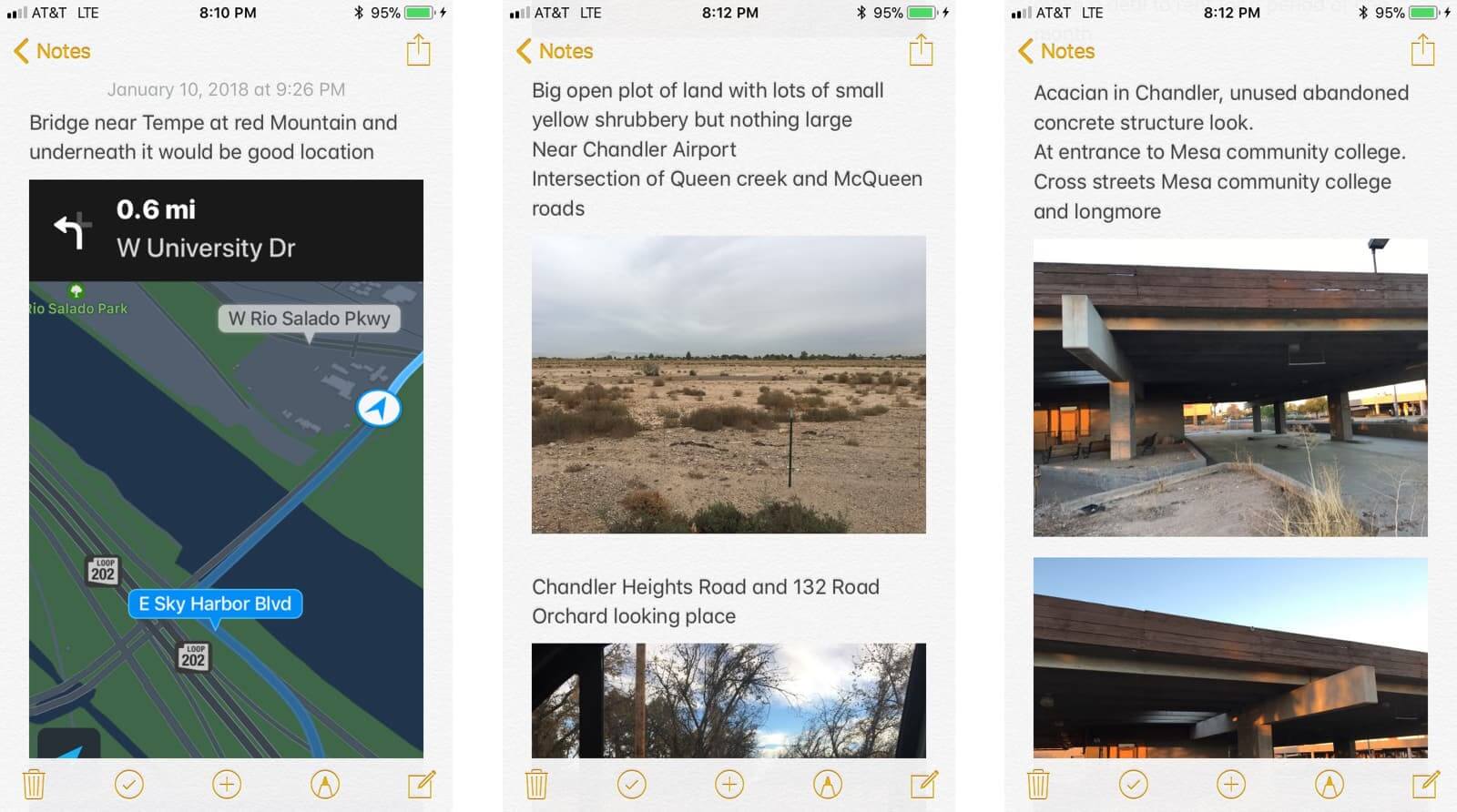
Take a lot of photos
It’s as simple as stopping to snap some quick photos, and detailing why the location might work for your upcoming production.
2. LOOK FOR GEMS HIDDEN IN PLAIN VIEW
If you’re out and about, be mindful of potentially good location scouting fits. Even if it’s just a sign for a museum, for example, take a shot on your phone and research it later.
3. USE LOCATION SCOUTING APPS
There’s a few good apps for location research that can serve as your “location scout database.” One really great one I’ve come across is Wrapal, which is a website that helps filmmakers and property owners connect.
It’s like AirBnB and users can find or list filming locations. Use the filters to easily check your location scout requirements against each listing.
4. DOCUMENT PROPERTY OWNERS
If possible, note who manages or owns each property you encounter. Take photos of clues for when you need to secure permissions later.
For example, I recently found this useful roadside location.
I briefly photographed its sign post for reference later.
5. KEEP DETAILED RECORDS OF YOUR LOCATION SCOUTING
Make sure to archive every location in a single repository. Thankfully, Google Drive makes this process extremely simple with their Google My Maps feature.
Assuming you have a Gmail, go to Drive, and create a folder for your new locations archive:
Go to ‘new documents' and go to the bottom of the list, where it says, ‘more items’.
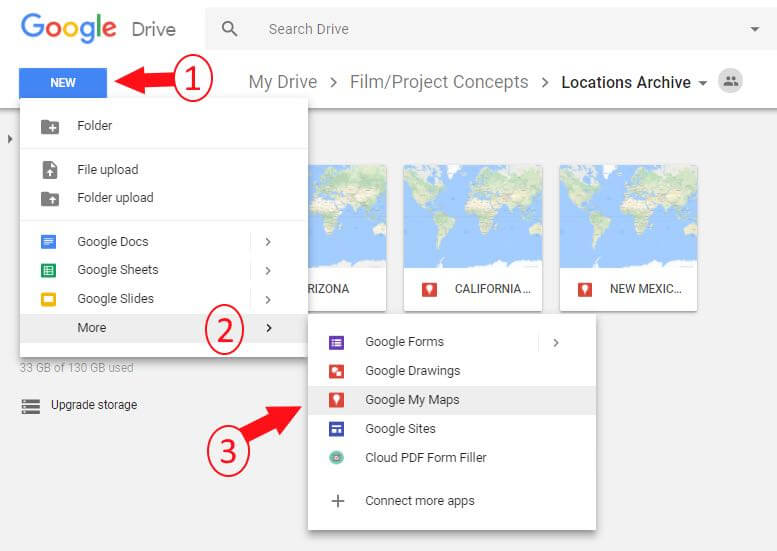
Use google maps to name your map
Then, go to Select Google Map, and click to create.
Name your map, and open it.
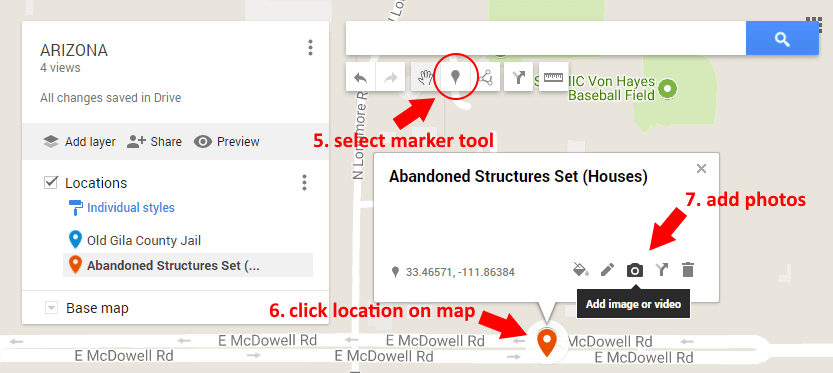
Keep detailed records of your location scouting
Then, select marker tool and place the marker on your location.
Be sure to add your reference photos and any other details.
After you finish, I highly suggest using a film production software like StudioBinder to log the locations.

StudioBinder - Shoot Locations
This way you can integrate them into your wider pre-production process. Then, when you go to make your call sheets, you can simply select your locations from a dropdown.
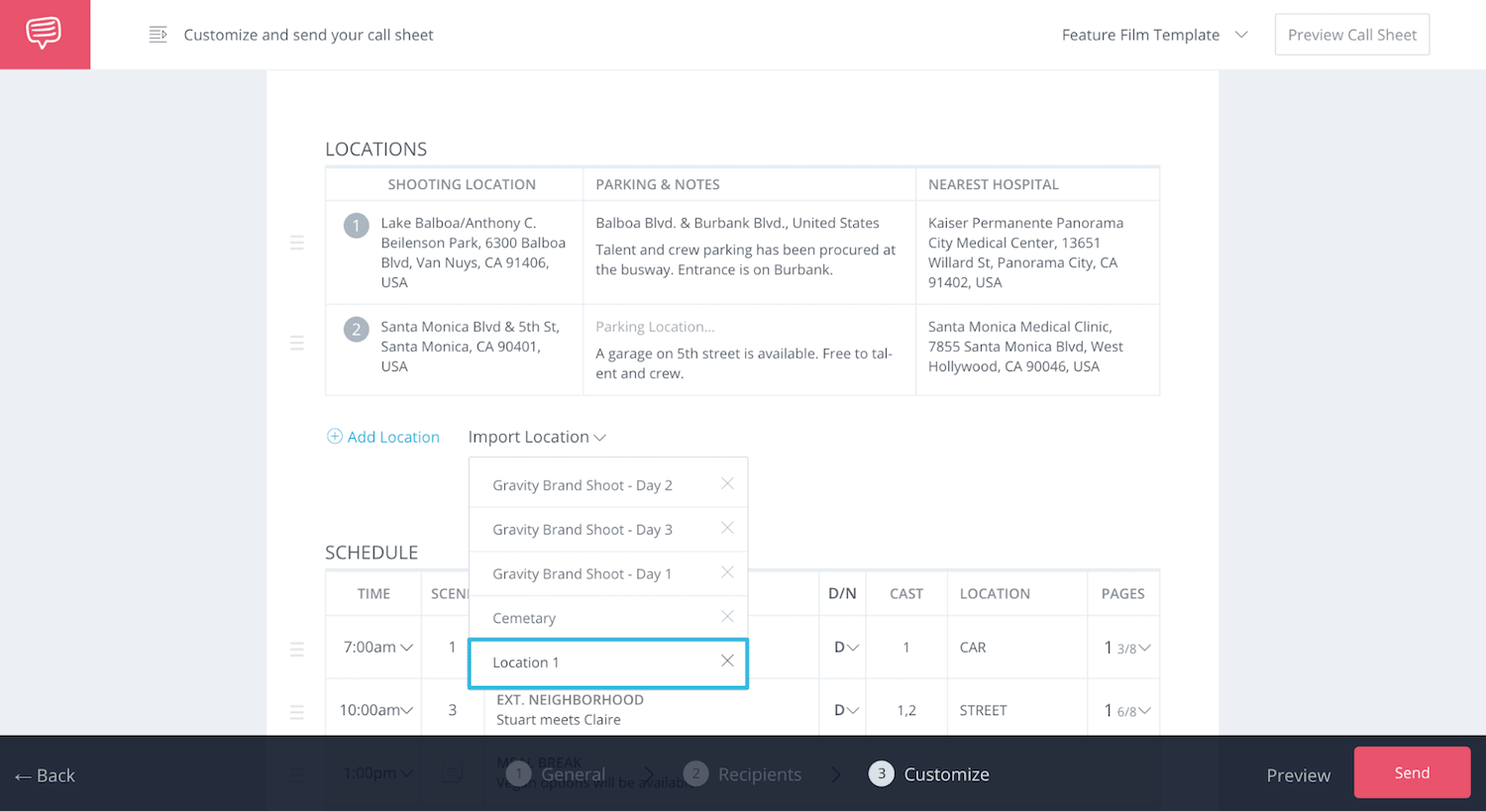
Planning a video using StudioBinder’s location management features
Related Posts
find better film locations
2. Golden rule: If you don't know, ask
So you’ve found your miraculous, heaven-sent location, have you?
Well, you’re not done yet.
Now’s the time to set the ground rules with the location owner, negotiate the pricing, and seal the deal. To start:
1. FIND THE LOCATION OWNER
You need to find who controls the property or building you’d would like to film in. This is important for a multitude of reasons. First, because of potential legal issues like trespassing. Secondly, it eliminates the ever-present risk that someone might come by and force you off the property.
2. ASK IF YOU CAN FILM THERE
If a location seems too ambitious or unlikely to secure, don’t give in! If you ask, sometimes you will receive too. Also, the location owner could even be quite generous with his or her time and accommodating to your shoot. Just be sure not to take advantage of that.
3. SEAL THE DEAL
Negotiate the pricing and timeframe with the location owner until you reach a firm commitment. Make sure to get this on paper with a location agreement to keep you both on the same page.
Then show your genuine appreciation by keeping them in the loop as your shoot date nears. Be as communicative and transparent with them as possible. This will go a long way to stay in their good graces.
Remember, you’re building a relationship here that can benefit you on future projects.
Related Posts
BECOME A LOCATION SCOUT AND FIND BETTER FILM LOCATIONS
3. Put on your location scouting cap
It’s time to get out there and explore new frontiers. Here’s an overview on how to get the most out of your location scout. There are also a few apps to help you with this process once you're through. Take a look here.
1. DOCUMENT THE TECHNICALS OF EACH LOCATION
It’s important to capitalize on your time at the location. Take your time and pay attention to all the little details.
Use a detailed technical scouting document to cover all your bases. I had my own form that I used, but I recently ditched it for this technical scouting document by StudioBinder. Theirs was a bit more thorough and helped me build a roster of locations for my sci-fi film “Esotera”.
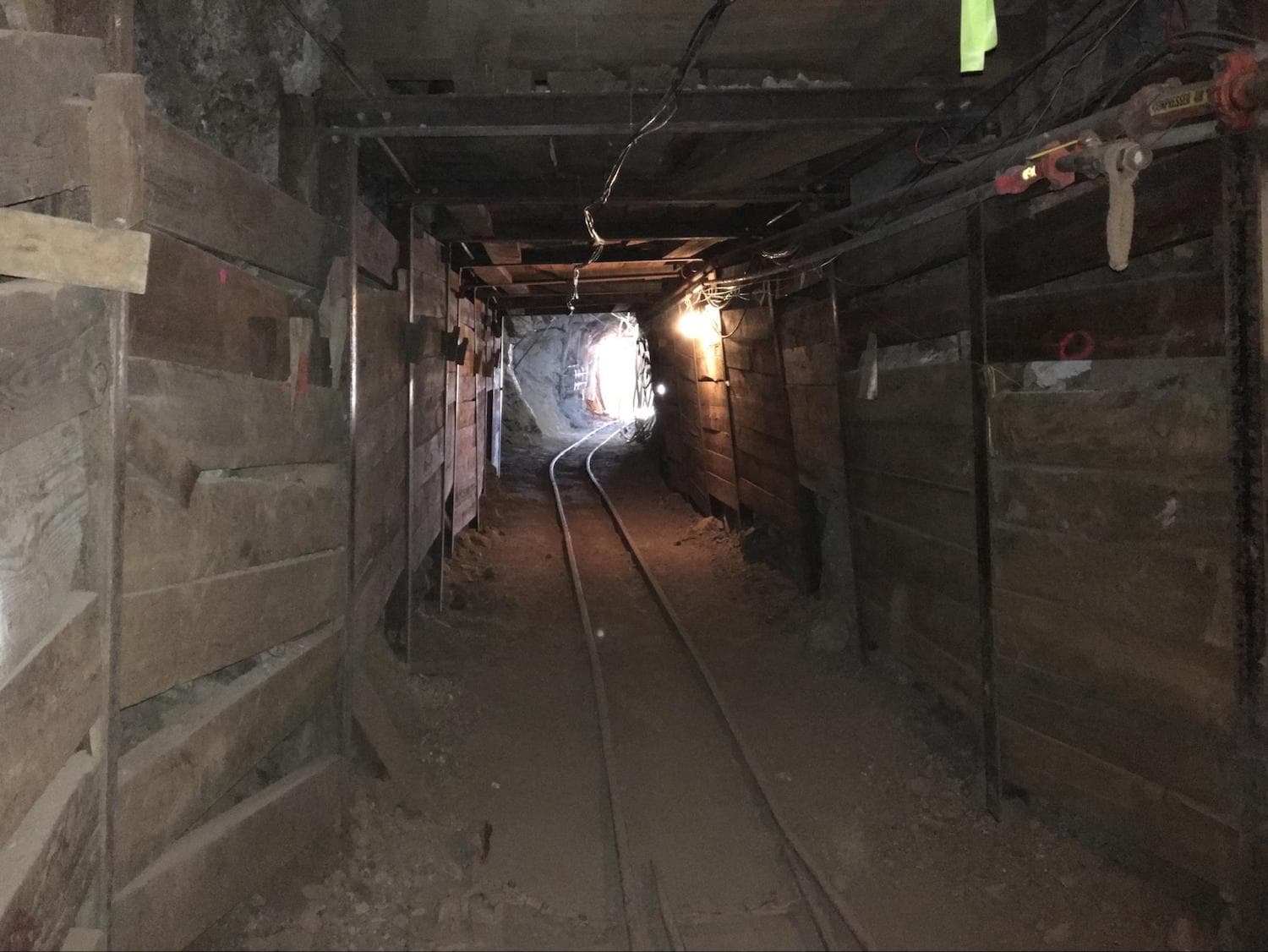
Planning a video is a lot easier with a thorough technical scouting document.
The form captured vital information for the crew who weren’t present on my scouts. Remember: the more information you provide per location, the better everyone can avoid that pesky Murphy’s Law.
2. TAKE PHOTOS THAT COMPLIMENT EACH SPACE
Prior to your shoot, your photos will serve as your reference documents for each location.
So be sure to take photos that realistically capture the look and feel of the space.
Get a few different angles, and favor ones that show off how the subsections within the location connect with one another.
3. RECORD VIDEOS
Add more depth and dimensionality by recording a simple walk-around video tour on your phone. This will give everyone on your team a bit more clarity.
4. TAKE PICTURES OF MYSTERY ITEMS
Not sure what you’re looking at? Snap pictures anyway. Chances are someone on your team will need that thing, and they will thank you.
For example, if you’re not too keen on Grip and Electric needs, grab photos of the power-related items you encounter. Trust me, they’ll help you later.
5. GO OVER LIGHTING, CAMERA, BLOCKING, AND MORE WITH YOUR CAST AND CREW
If you are able to bring one or two of your primary teammates, take advantage of that time to discuss your ideas with them.
Being on-location makes it much easier to come up with ideas and see how they can work practically.
Your team may also see possible solutions or details on location that you would otherwise miss.
6. USE YOUR TIME ON LOCATION TO FLESH OUT YOUR WORLD.
When I scouted a mine location for my sci-fi film “Esotera” we had an hour with the location owner. This gentleman had 20 years mining experience! So, naturally, we hurled questions at him -- such as how mines function, and what they’re like.
Use that time to learn all about that environment, because it could lead to great inspiration and world-building.
become a location scout
4. It's all about relationships
When it comes down to it, you’re forming a relationship with the location owner. If you make the experience a good one for them, they may be more inclined to cut you some slack or give you a deal from time-to-time.
Even if you pay full price for a location, if you leave on bad terms, they may decide your money wasn’t worth the effort.
Leave set with all your equipment packed and the location tidy, and on-time. That way you will leave the location owner with a good feeling. In turn, they will remember you fondly the next time you call.
Related Posts
Up Next
The Pre Production Process Explained
If you integrate location scouting into your everyday lifestyle, you’ll naturally think of locations for your next film. And, if you have a solid sense of how to be a location scout, you’ll document locations the right way and have a way more organized shoot.
It’s just like all the steps of pre-production: the more you do it, the better you’ll get at it. Learn more about this process in our next post.
Up Next: The Pre Production Process Explained →
Project management for video creatives. Tasks, file sharing, calendars and more.
Manage video production timelines, tasks, storyboards, shot lists, breakdowns, call sheets. Made for video creatives, new media and film.
